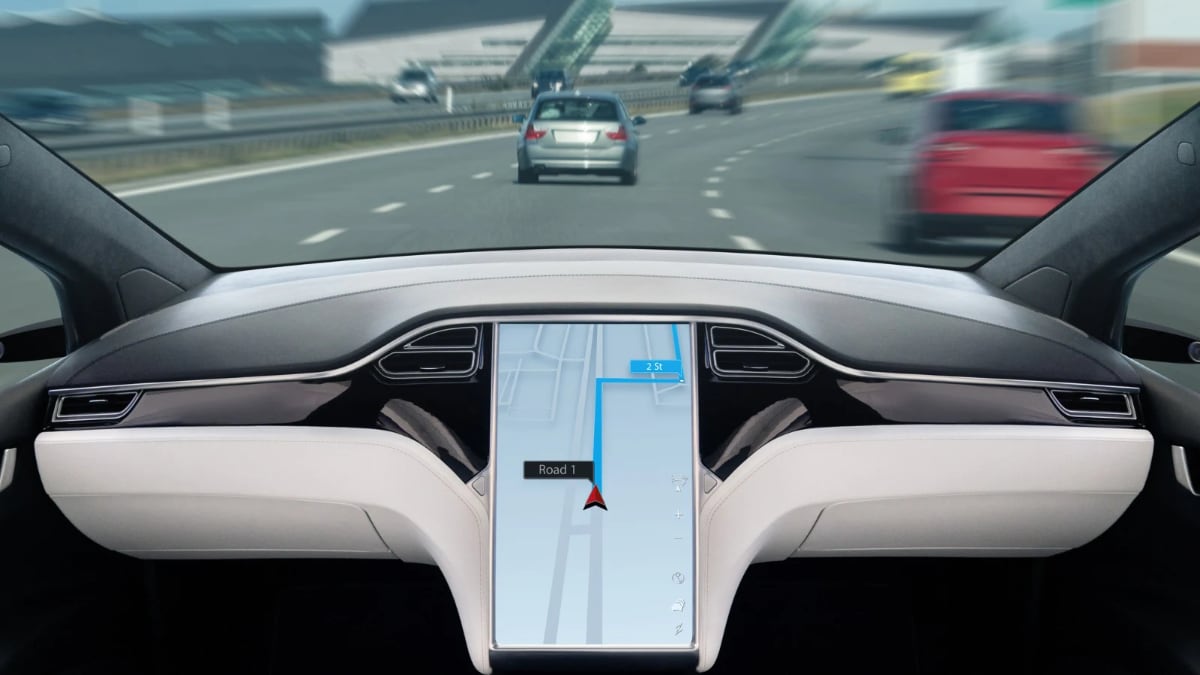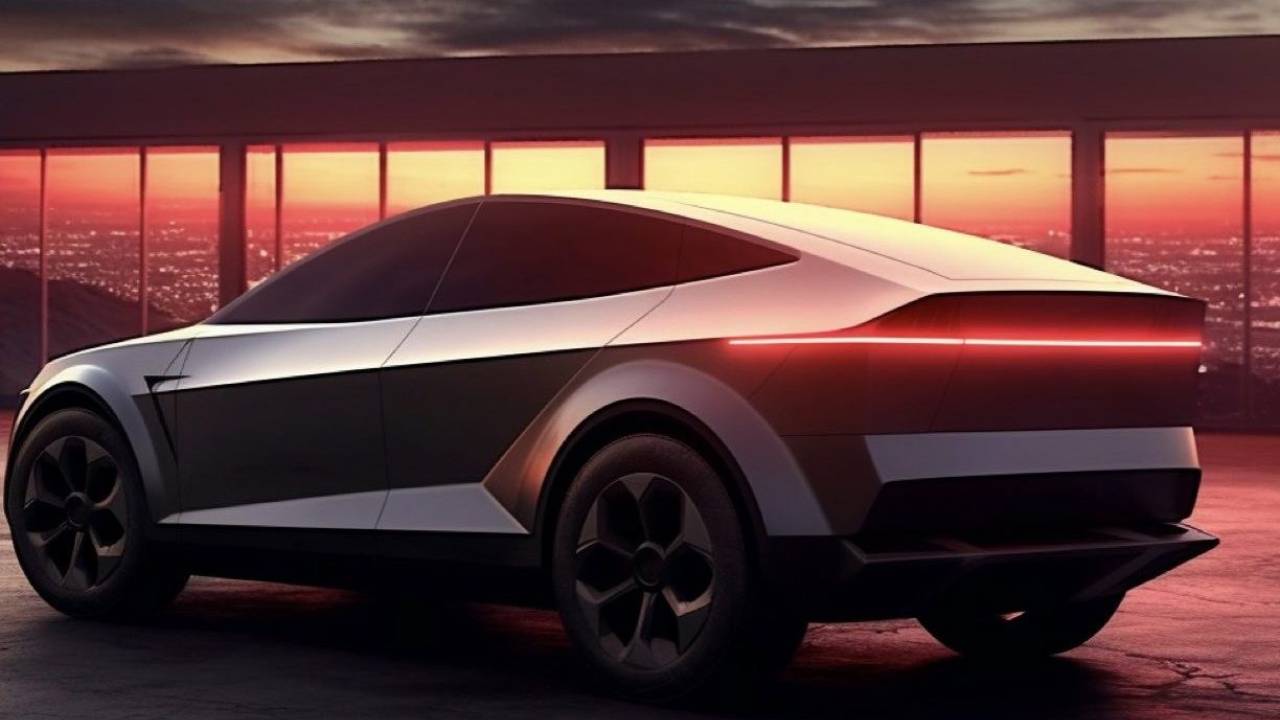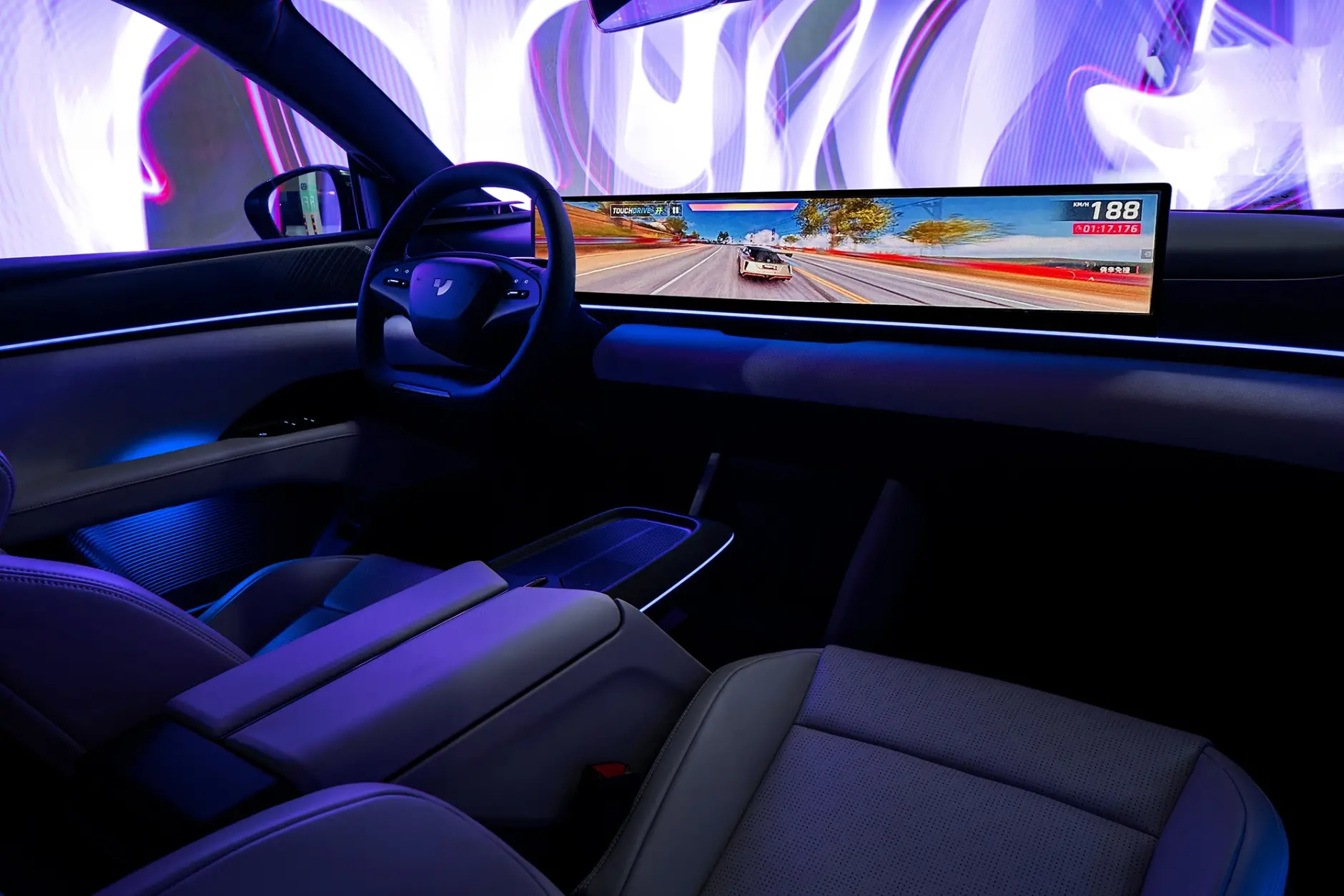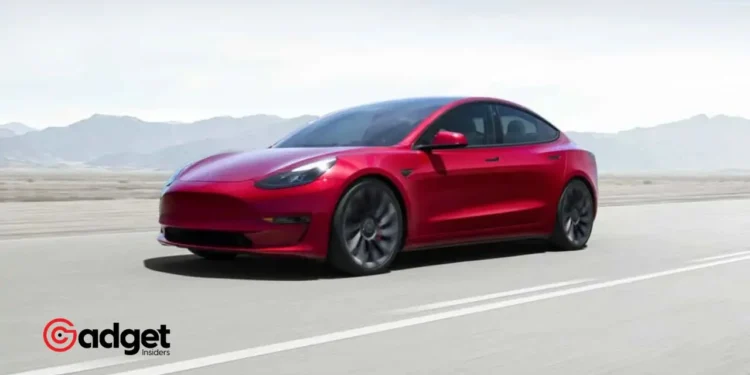Tesla, the name synonymous with innovation in the electric vehicle (EV) industry, is at a pivotal crossroads. The company, led by the ever-visionary Elon Musk, is taking a bold step away from its initial plans for a budget-friendly EV. Instead, it’s shifting gears towards the advancement of its robotaxi initiative, sparking conversations and controversies alike.

The Road Not Taken: Tesla’s Budget EV Dreams Derailed
For years, Tesla had teased the automotive world with the prospect of a $25,000 electric vehicle, a dream that promised to bring EVs into the mainstream market.
This model, internally referred to as “Redwood” and colloquially known as “Model 2,” was poised to revolutionize the industry with a production volume of 10,000 vehicles per week and projected sales of up to five million units annually.
However, recent developments indicate a change in course. Despite Elon Musk’s previous assurances of the budget model’s arrival by the second half of 2025, reports now suggest that the brand has abandoned these plans.
Musk, in response to a Reuters report, took to Twitter to refute these claims as “false information,” without delving into specifics. This strategic pivot leaves Tesla’s Model 3 sedan, starting at $39,000, as the company’s most affordable offering.

Shifting Gears: Tesla’s Bet on Robotaxis
The company’s new direction is not just a change of plans but a vision of the future. Musk envisions robotaxis as the next big leap in transportation, a sector ripe for revolution. This isn’t the first time the brand has recalibrated its focus.
Over nearly two decades, Musk’s strategy has been to use luxury vehicle sales to build the brand and fund the development of more accessible models. This long-term vision was outlined in a 2006 memo, “Secret Tesla Motors Master Plan,” where the sales of high-end vehicles like the Roadster would pave the way for future budget-friendly cars.
Tesla is set to reveal its long-anticipated robotaxi on August 8th, as announced by Elon Musk. This autonomous vehicle will be built on Tesla's next-generation vehicle platform, marking a shift from plans to develop a more affordable electric vehicle. #Tesla pic.twitter.com/ALrfJguqPP
— Techverse (@intechverse) April 6, 2024
Challenges and Competitions: The Road Ahead for Tesla
Tesla’s strategic shift comes at a time of significant challenges for the EV giant. The demand for electric vehicles in the US has seen stagnation, while competition in international markets, particularly in China, is intensifying.
BYD, a leading Chinese EV manufacturer, reported a 13 percent increase in sales, highlighting the competitive landscape the company is navigating. This is contrasted by the company’s report of an eight percent decline in deliveries year-over-year and a 20 percent drop from the previous quarter.

Tesla’s Bold Move Towards A Robotaxi Future
Tesla’s pivot from its budget EV project to robotaxis is a testament to the company’s commitment to innovation and its willingness to adapt to the evolving automotive landscape. While this decision may have surprised many, it underscores the brand’s focus on the future of transportation.
As the company embarks on this new journey, the industry and consumers alike will be watching closely, eager to see how the company’s vision for robotaxis unfolds and how it will shape the future of mobility.
Tesla’s journey is far from over; it’s merely entering a new chapter. With robotaxis on the horizon, the company is steering towards what it believes to be the future of transportation, even as it navigates the challenges of today’s market dynamics.










